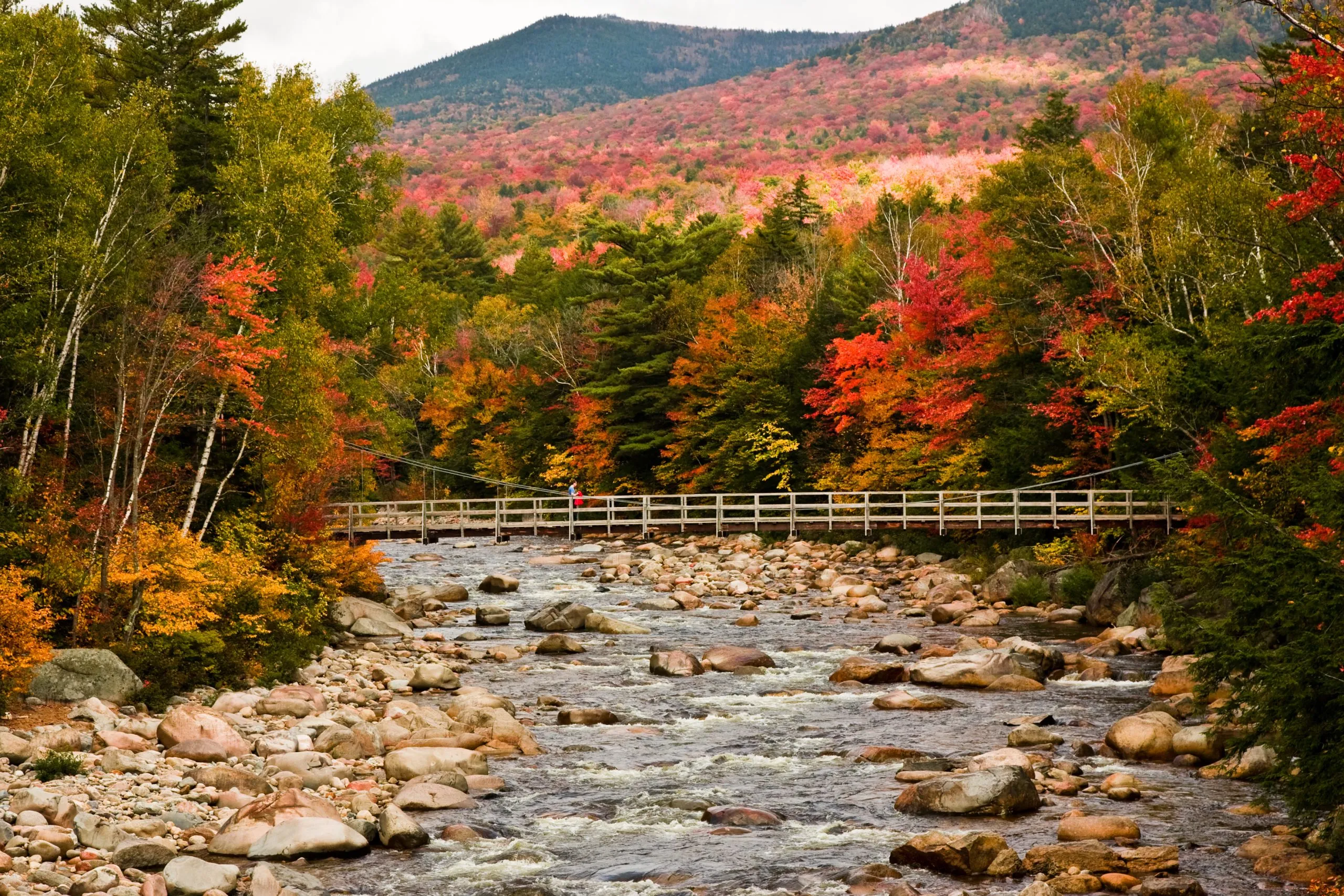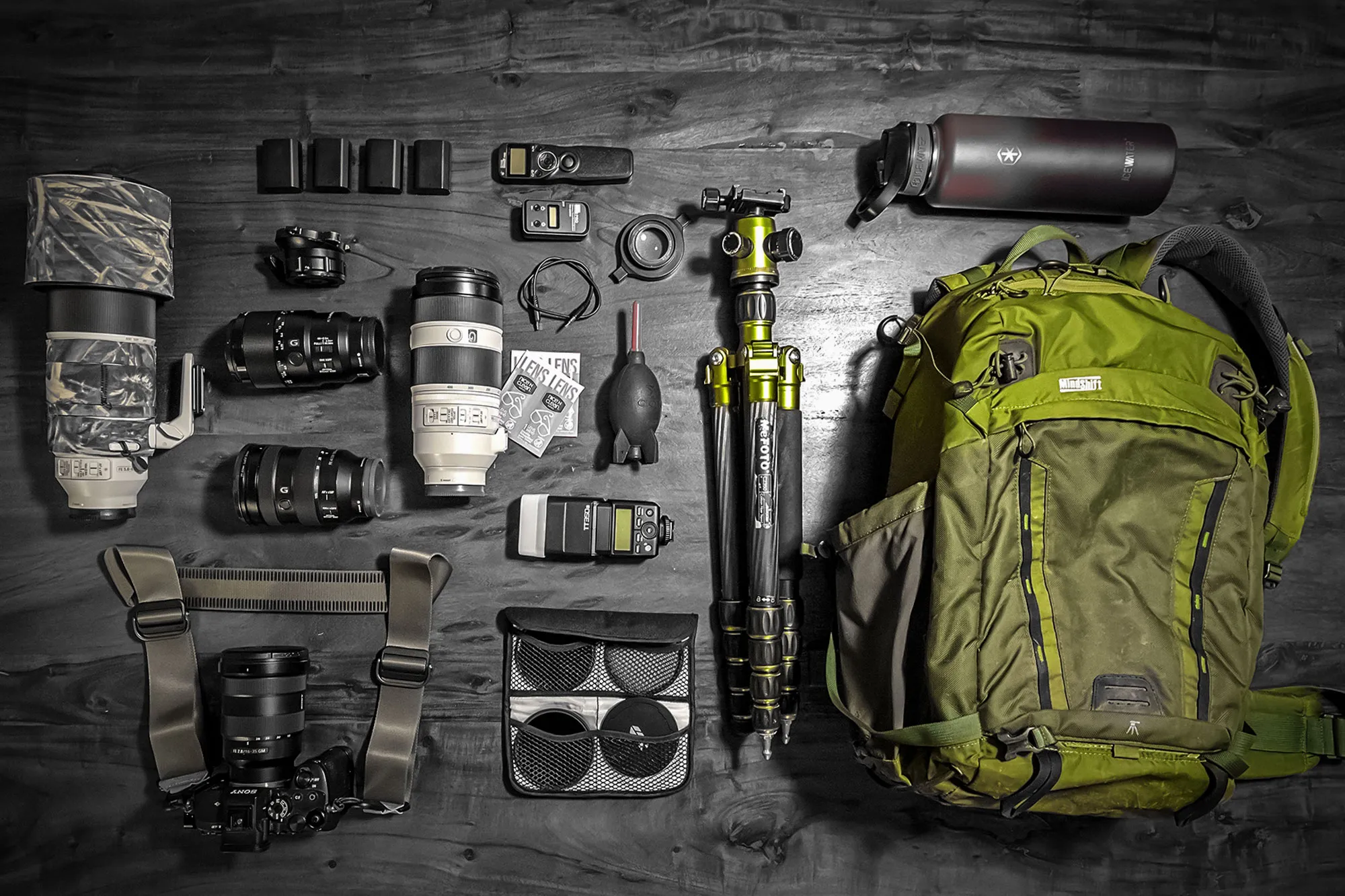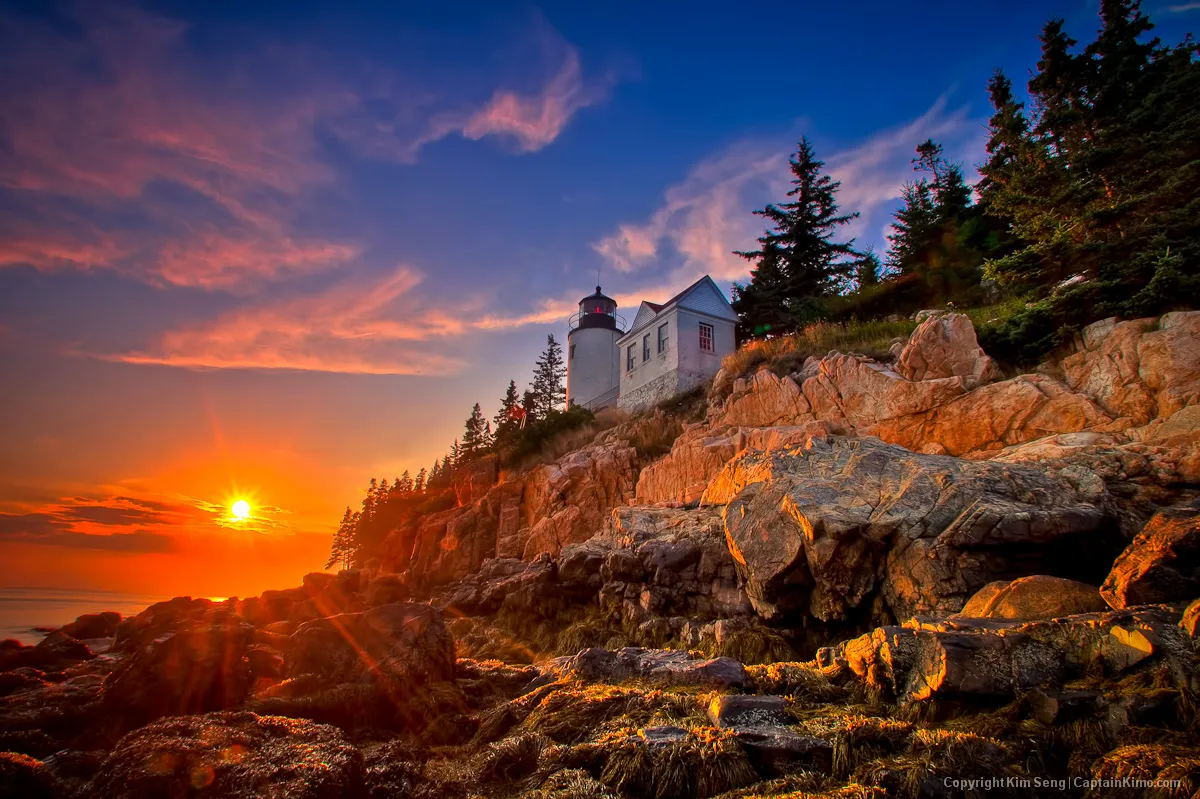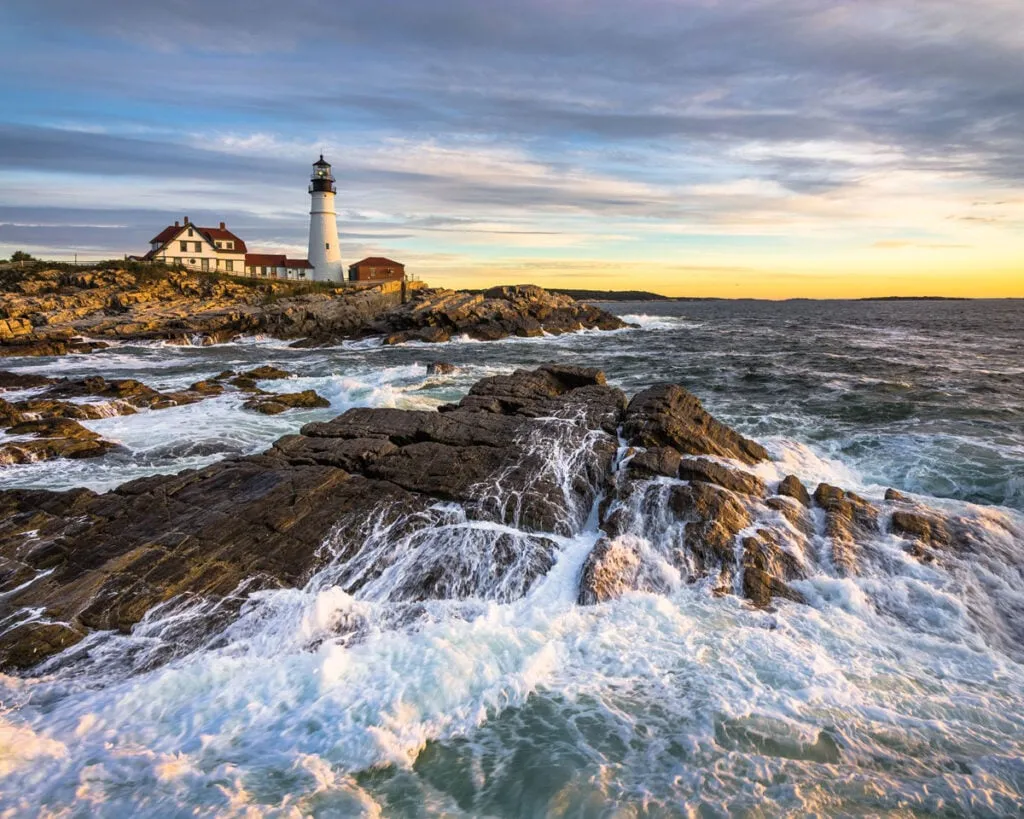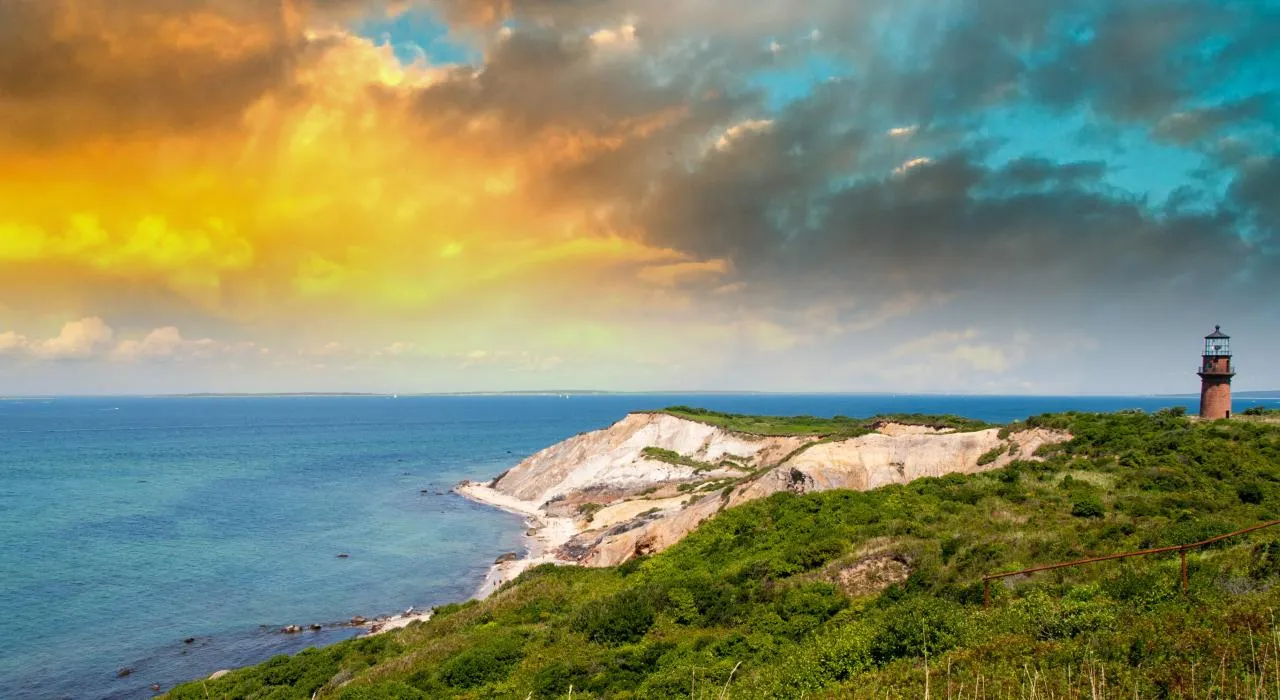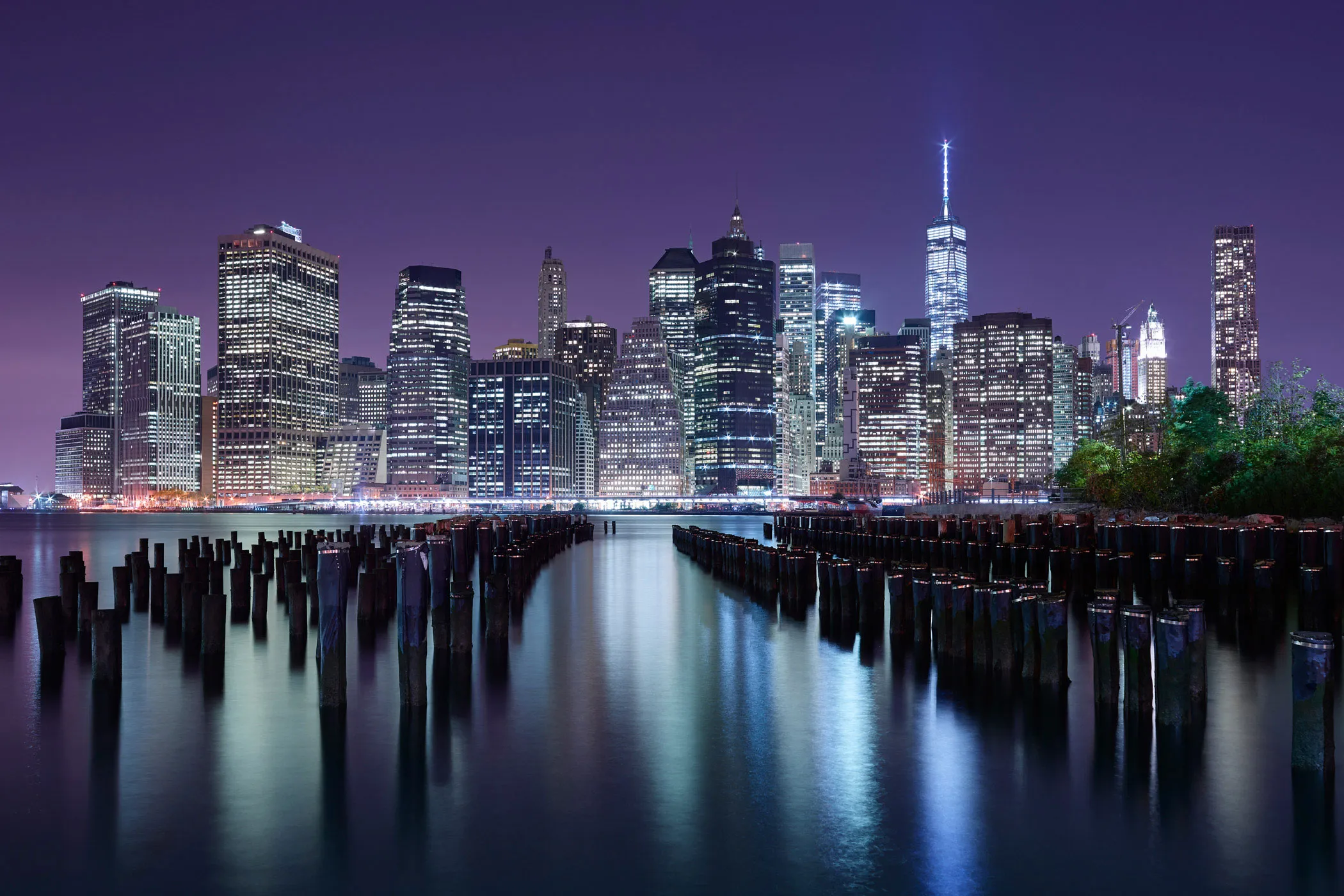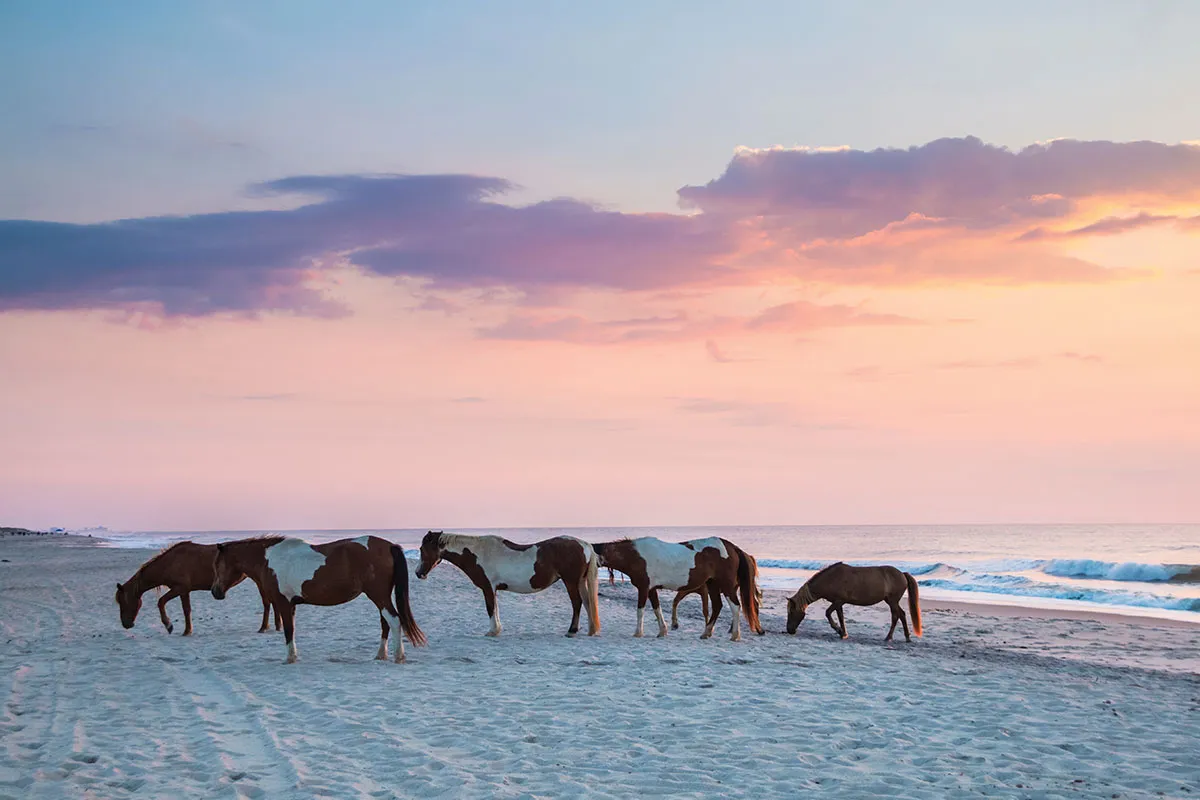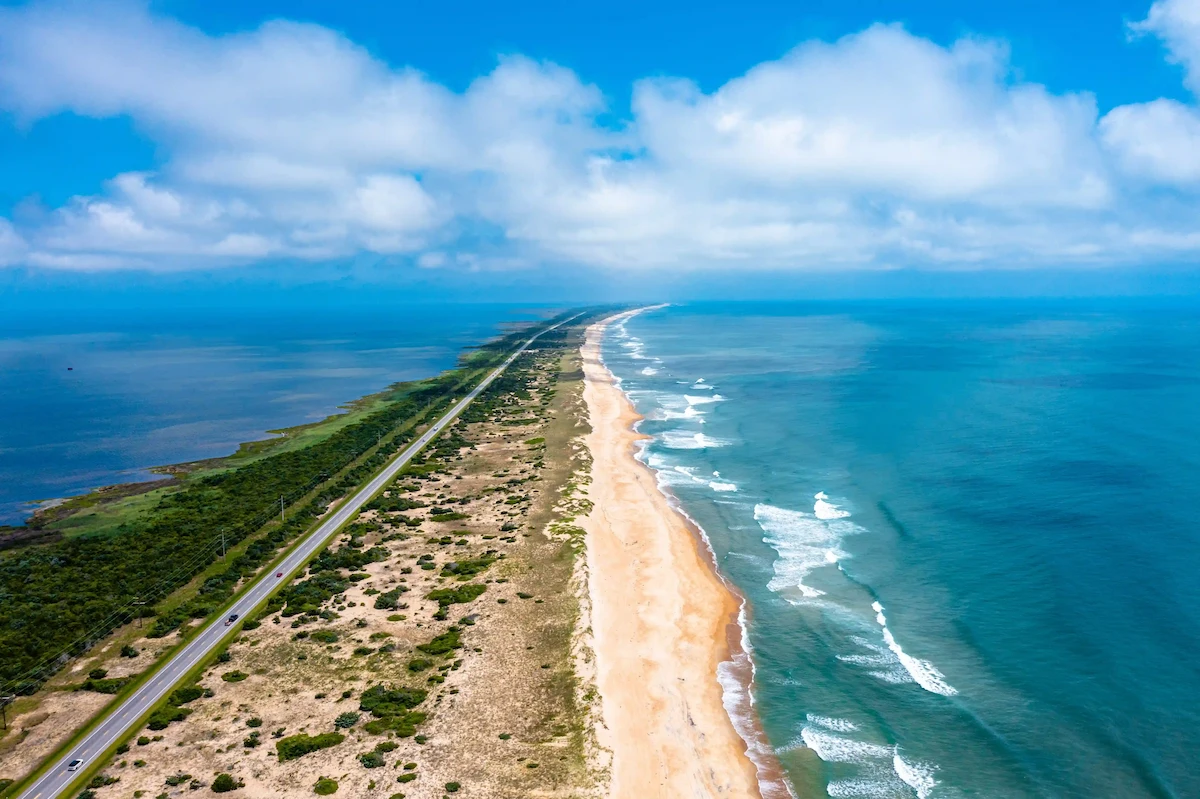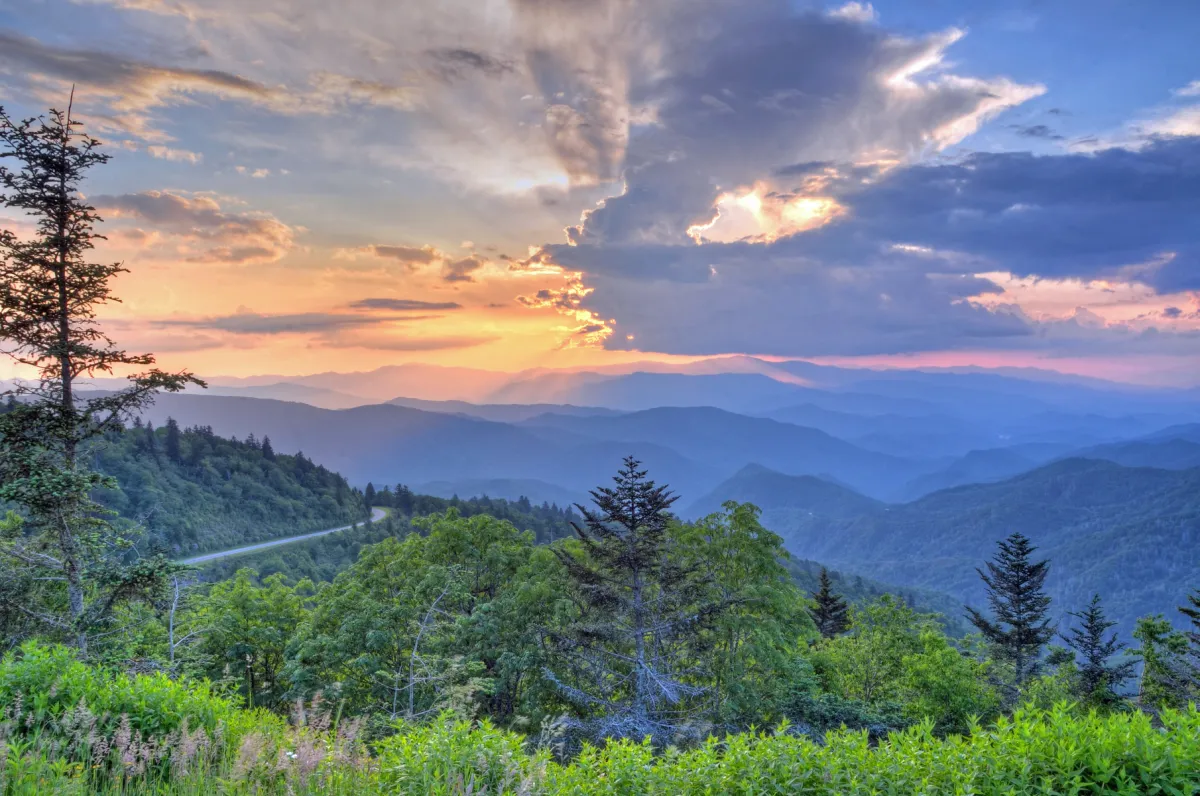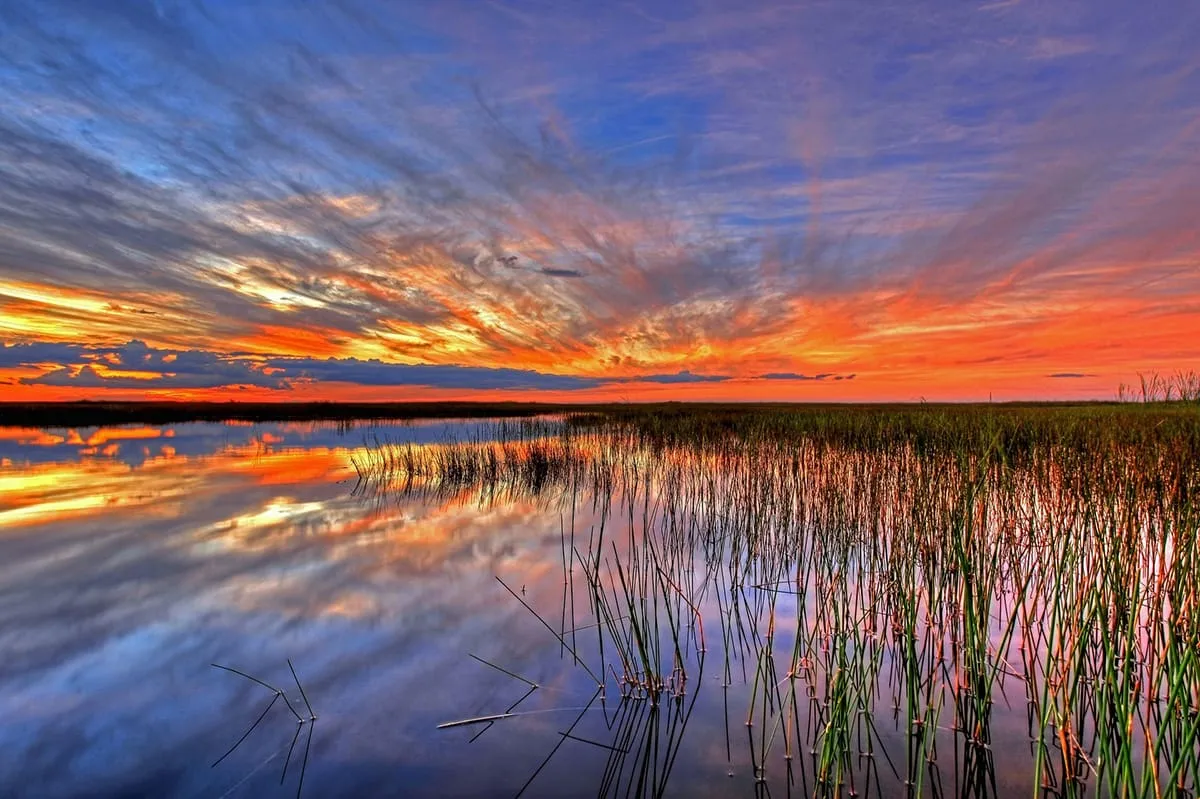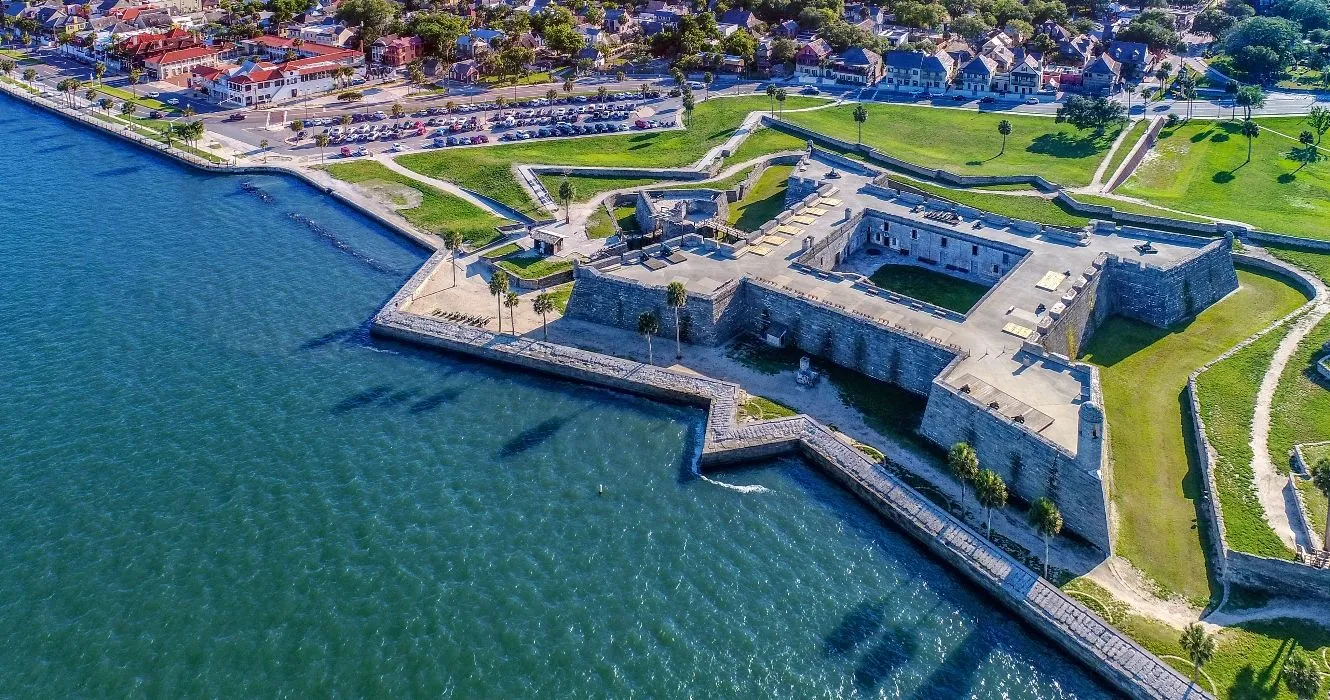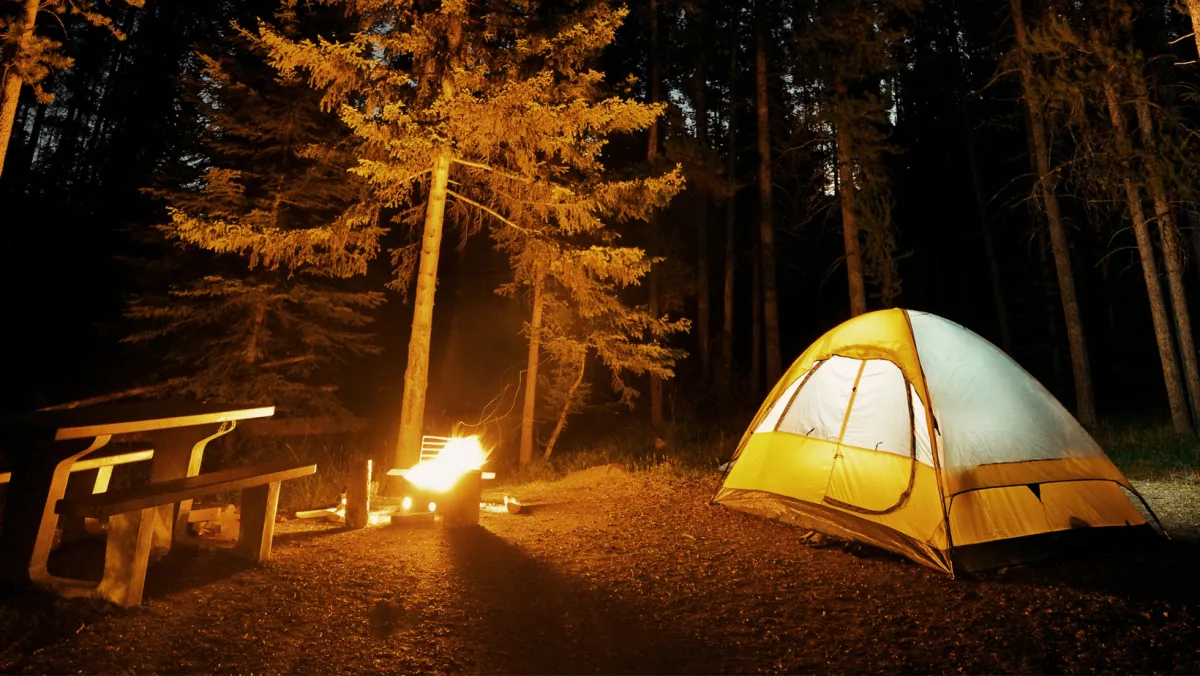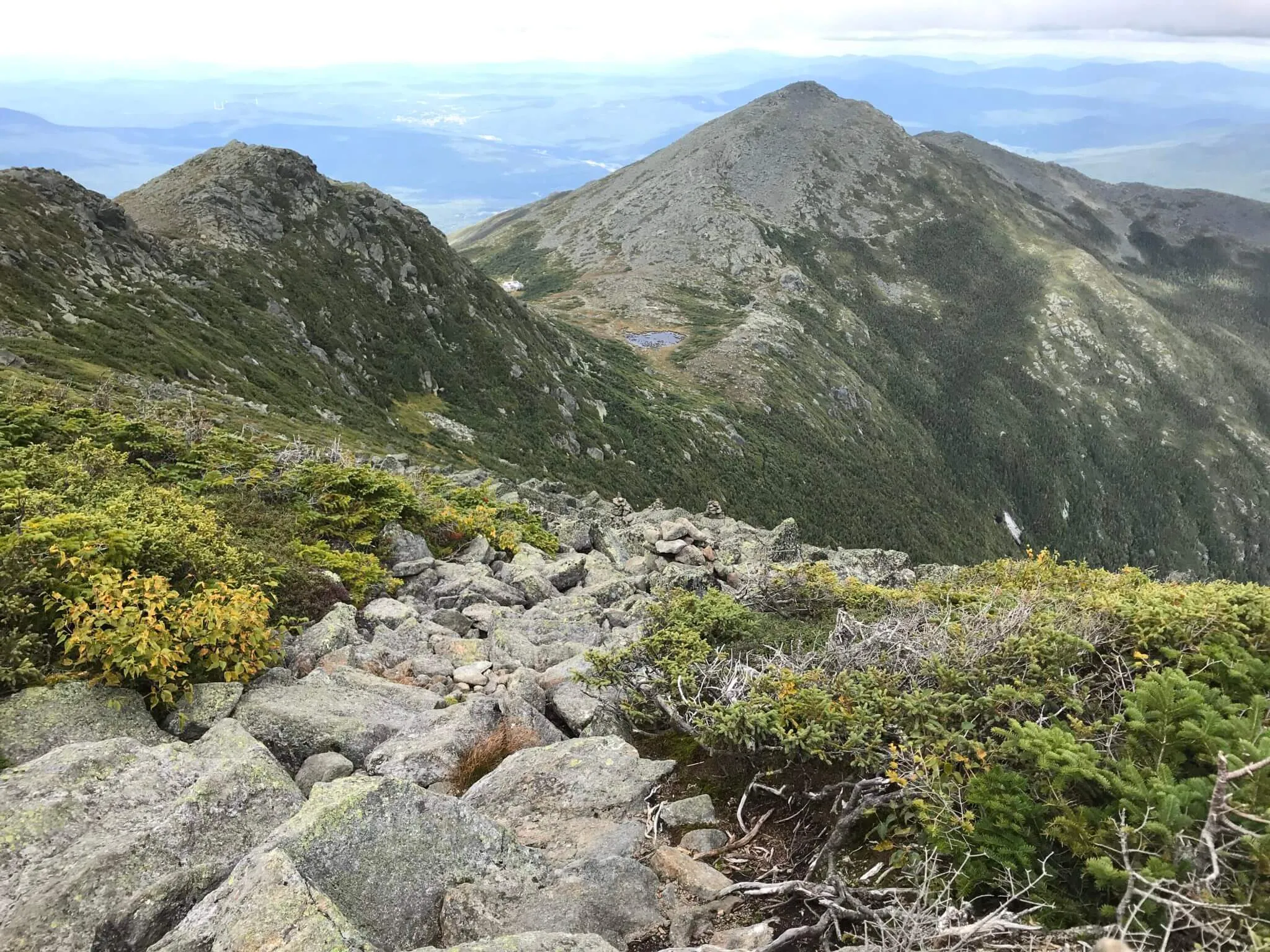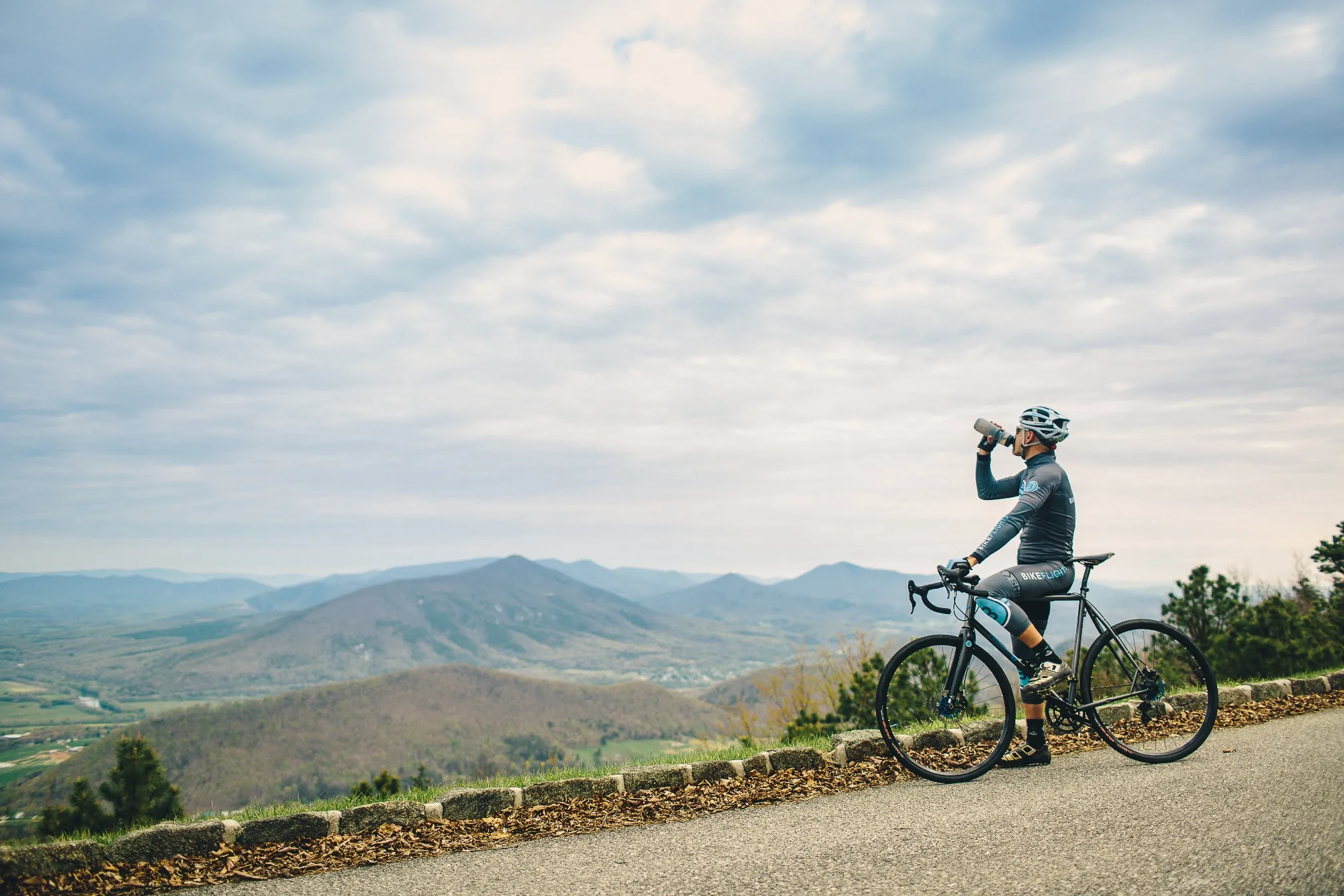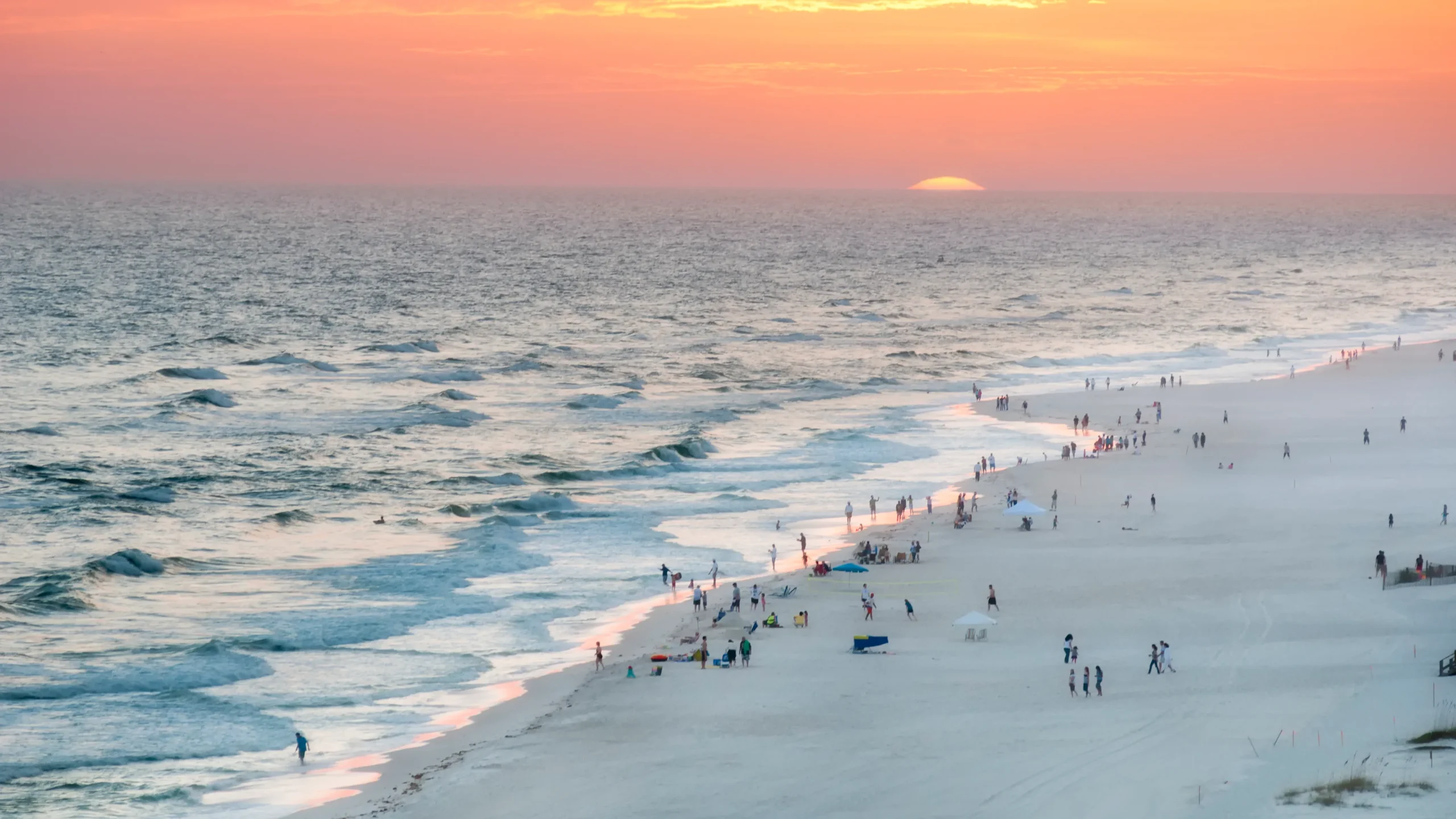The East Coast isn’t just a stretch of land—it is an epic adventure for photographers, spanning nearly 2,000 miles of Atlantic coastline. It runs from Maine’s granite cliffs battling the cold ocean to Georgia’s Spanish moss-draped wetlands and Florida’s subtropical wilderness. After spending over a decade capturing everything from frigid winter sunrises at Portland Head Light to humid dawns among Everglades alligators, I can tell you this coastline offers a thousand different stories through your lens. Whether you are planning a comprehensive Maine to Florida road trip or just chasing the first light from Acadia’s windswept peaks, East Coast photography delivers an incredible diversity of landscapes. From preserved colonial architecture to Manhattan’s hyper-modern skyline, this region is a playground for visual storytellers and those looking for the ultimate East Coast road trip.
Essential Gear For Your East Coast Photography Trip
Before we dive into the best photo spots, let’s talk about the equipment you need to succeed. The environmental diversity found in East Coast photography means your camera kit needs to be just as versatile as the landscapes you will capture. Whether you are driving the Atlantic Coast Highway or hiking into the backcountry, preparation is key to protecting your investment and getting the shot.
Your Core Kit For Landscape And Travel Photography
For 90% of your East Coast photography adventures, you will want a solid foundation. A high-performance mirrorless system like the Sony A7 series or Canon R series delivers exceptional image quality while keeping weight manageable for long hikes. The “holy trinity” of lenses is ideal for this region. You should pack a wide-angle zoom (16-35mm) for sweeping coastal vistas and a standard zoom (24-70mm or 24-105mm) as your workhorse for street photography and general East Coast sightseeing.
Additionally, a telephoto zoom (70-200mm) is crucial for compressing distant landscapes and isolating details in the chaotic environments often found in East Coast photography. A sturdy yet lightweight carbon fiber tripod is non-negotiable for sunrise magic, long exposures, and astrophotography. Weather-sealed bodies and lenses are highly recommended, and always pack microfiber cloths to clean salt spray from your glass.
Specialized Gear For Specific Pursuits
Wildlife photographers heading to places like the Outer Banks or Everglades need long telephoto lenses in the 100-400mm or 150-600mm range to capture animals safely. A simple bean bag is invaluable for stabilizing your lens on a car door, turning your vehicle into a mobile blind for birding.
Landscape purists engaging in East Coast photography should invest in high-quality filters. A circular polarizer manages reflections and deepens sky blues, which is especially effective for capturing East Coast fall foliage. Meanwhile, neutral density filters (6-stop or 10-stop) create ethereal, silky water effects in coastal scenes. For aerial perspectives, compact drones are perfect for travel, but research local regulations carefully, as drone use is strictly prohibited in all U.S. National Parks.
New England Photography: Rugged Coasts And Alpine Vistas
New England serves up the quintessential East Coast photography experience with iconic lighthouses, dramatic seasonal changes, and historic charm that whispers centuries of American stories. If you are planning a New England road trip, the region is dense with photographic opportunities, allowing you to capture alpine peaks and crashing ocean waves within a few hours of driving.
1. Acadia National Park: Maine’s Crown Jewel
Acadia represents the pinnacle of landscape photography on the East Coast, packing granite mountains, pristine lakes, and a dramatic coastline into one masterpiece. As one of the premier East Coast national parks, the sunrise from Cadillac Mountain offers the first light in the U.S. during certain months, while Bass Harbor Head Light delivers classic sunset shots that define Maine’s rugged beauty.
The park’s most famous spots have challenges generic guides often overlook. Bass Harbor Light requires scrambling over slippery rocks, so wear proper boots and arrive an hour before sunset to claim your spot. Cadillac Mountain at sunrise now requires vehicle reservations and gets incredibly crowded, but scouting compositions slightly below the main viewing area often yields more interesting foregrounds with fewer people.
For astrophotography enthusiasts, Acadia offers surprisingly dark skies. Move away from Bar Harbor to spots like Little Hunters Beach for spectacular Milky Way views. The fierce winds at Cadillac Mountain’s summit make a sturdy tripod essential for sharp stars.
2. Maine’s Lighthouse Trail: Sentinels Of The Coast
New England’s lighthouses tell the region’s maritime heritage, making for compelling coastal photography subjects. If you are curating an East Coast lighthouse tour, Portland Head Light in Cape Elizabeth is the most photographed, especially during sunrise or storms when golden light hits the white tower against dark rocks.
Do not just stick to the classic spot. Explore Fort Williams Park’s paths for unique angles. These high-contrast scenes work perfectly with 6-stop or 10-stop ND filters to blur wave motion and create soft, ethereal looks.
Other essential subjects include Nubble Lighthouse in York, Maine, and Motif #1 in Rockport, Massachusetts. These scenes benefit from bracketed exposures to merge into HDR images, retaining detail in bright skies and deep shadows. This area is a highlight of any Northeast road trip.
3. White Mountains And Kancamagus Highway
The White Mountains become a pilgrimage site each autumn when mountainsides explode in color. The legendary Kancamagus Highway offers numerous pull-offs with Swift River views, while Franconia Notch provides sweeping vistas from Artist’s Bluff. This is a must-do for capturing peak East Coast fall foliage.
Local photographers strongly recommend avoiding weekends during peak foliage, which usually occurs from late September to early October. Mid-week sunrise visits reward you with misty valleys and golden light without the traffic jams.
A circular polarizing filter is your most valuable tool here, reducing glare on wet leaves and making fall colors richer. While wide-angle lenses capture grand vistas, use your 70-200mm telephoto to compress distant, color-filled hillsides into abstract patterns.
4. Boston And Cape Cod: Historic Charm
Massachusetts delivers two distinct photographic experiences: Boston’s rich history and Cape Cod’s classic coastal charm. Boston is arguably one of the best East Coast cities for street and architectural photography. The definitive skyline shot is from Fan Pier Park in the Seaport District. This location shines during the blue hour after sunset. Use 30-second or longer exposures to smooth the harbor water.
Other essential urban photography spots include the Charles River view from the Mass Ave bridge and historic Acorn Street in Beacon Hill. Cape Cod’s unique geography allows for sunrise and sunset shots over water from different locations.
The Cape Cod National Seashore’s dunes offer dramatic sunrise opportunities, while The Knob in Falmouth delivers stunning sunsets. The Outer Cape also has surprisingly low light pollution for excellent dark sky viewing, adding another layer to your East Coast photography portfolio.
Mid-Atlantic Photography: Urban Energy Meets Coastal Sanctuaries
The Mid-Atlantic region serves up powerful contrasts where America’s largest cities collide with expansive coastal wildlife refuges, often just hours apart. A Mid Atlantic road trip requires a shift in mindset, moving from the slow pace of nature to the rapid heartbeat of the metropolis and back again.
5. New York City: Five Boroughs Of Opportunities
Photographing NYC challenges you to find unique perspectives in one of the world’s most documented places. Among the vast array of East Coast museums and landmarks, the classic Manhattan skyline from Brooklyn Bridge Park in DUMBO is a must for any East Coast photography collection.
For a unique experience, walk onto the Brooklyn Bridge at dawn. Arriving before sunrise rewards you with soft morning light hitting the skyscrapers and an almost empty bridge foreground. This is a key to successful urban photography in a crowded city.
To capture the city’s kinetic energy, try long exposures of yellow cabs in Times Square. For a complete contrast, Montauk Point Lighthouse on Long Island offers solitary Atlantic beauty. A 24-70mm lens offers the most versatility for city walking.
6. Delmarva Peninsula: A Wildlife Photography Haven
Stretching across Delaware, Maryland, and Virginia, the Delmarva Peninsula is a critical Atlantic Flyway stop, making it a premier East Coast wildlife photography destination. Its most famous subjects are Assateague Island’s wild horses.
Fall and winter bring massive migrating Snow Geese flocks to Bombay Hook National Wildlife Refuge. The region also hosts unique species like the endangered Delmarva Fox Squirrel. Photographing wild horses ethically requires maintaining a 50-foot minimum distance.
A long telephoto lens (400mm minimum) is required for frame-filling shots while respecting the rules. The best light occurs during the golden hours. For active horses, use fast shutter speeds (1/1000s or higher) with continuous autofocus. This area is also rich in East Coast history, offering plenty of colonial subjects.
Southern Photography: Barrier Islands And Subtropical Wilderness
The American South’s photographic character is defined by humidity that softens light, dramatic skies, ancient Spanish moss-draped oaks, and unique ecosystems. East Coast photography here feels entirely different from the north. A Southeast road trip offers warmer tones and distinct wildlife encounters.
7. North Carolina’s Outer Banks
This fragile barrier island string is a landscape photographer’s dream and home to some of the most famous East Coast beaches. The Cape Lookout and Bodie Island Lighthouses make iconic subjects, especially against stormy skies. Classic sunrise compositions await at fishing piers like Kitty Hawk Pier.
Jockey’s Ridge State Park’s vast dunes create an almost desert-like landscape. The Outer Banks demands respect for rapidly changing weather. The best shots often come from being prepared for sudden changes with weather-sealed gear.
Wide-angle lenses emphasize the vastness of the beaches, and this location excels for long-exposure photography using ND filters to calm the rough Atlantic surf.
8. Great Smoky Mountains National Park
Straddling North Carolina and Tennessee, America’s most visited national park delivers renowned layered mountain vistas. If you are interested in East Coast hiking with a camera, the quintessential Smoky Mountains photograph captures “smoky” mountain layers at sunset from overlooks like Clingmans Dome.
Cades Cove’s historic cabins, churches, and abundant wildlife (including black bears) offer glimpses into regional history. For Cades Cove, note that the loop road is closed to vehicles on Wednesday and Saturday mornings from early May to late September, allowing photographers to explore without traffic.
A circular polarizing filter is essential for forest and stream photography. Capturing silky water effects in streams requires a tripod and slow shutter speeds.
9. Florida Everglades: River Of Grass
The Everglades’ unique wetland hosts incredible wildlife density. The most rewarding wildlife photography is along the Anhinga Trail, where birds are remarkably tame. Alligators sun themselves along the Shark Valley tram road, while Paurotis Pond offers large wading bird rookeries.
A great tip is to shoot from your car window, as it acts as a natural blind. Timing is the most important factor for success. The dry winter season (November-April) concentrates wildlife around remaining water sources.
Very long lenses (400mm or more) are crucial for frame-filling wildlife portraits, and a fast shutter speed is a must for bird photography to freeze action in this dynamic East Coast photography location.
Mastering Seasonal East Coast Photography
The East Coast’s dramatic seasons create four distinct photographic palettes. Planning your trip around them unlocks the coast’s full potential. Understanding these cycles is vital for planning your East Coast vacation.
Spring Photography (March-May) Spring awakens the landscape with melting snow and new life. Waterfalls are at peak flow, and forests come alive with wildflowers and vibrant green foliage. Key locations include Great Smoky Mountains National Park for wildflowers and Vermont’s greening hills. It is also a perfect time for an East Coast spring break centered on nature.
Summer Photography (June-August) Summer is the classic coastal photography season. Focus on iconic beach scenes and astrophotography, as the Milky Way core is most visible. Prime locations include Cape Cod, the Outer Banks, and Acadia National Park. This is the peak time for an East Coast summer vacation, so expect crowds and challenging midday light.
Autumn Photography (September-November) For many, autumn is the crowning glory of East Coast photography. The goal is to follow the peak color wave sweeping from north to south, starting in Northern New England in late September and concluding in the Blue Ridge and Great Smoky Mountains in early November.
Winter Photography (December-February) Winter offers a chance to capture the coast in its most stark and dramatic state, often in solitude. Snow-covered landscapes create minimalist canvases, and coastal storms generate dramatic wave action. Key locations include the Maine Coast and New Hampshire’s White Mountains, which are premier East Coast winter destinations.
Pro Tips For Successful East Coast Photography
After years of shooting along this coastline, several strategies consistently produce better results. Research local photography communities for current conditions and insider tips on East Coast scenic drives. Weather apps are essential, but also learn to read natural signs.
Coastal conditions change rapidly, and understanding wind, clouds, and tides improves your success rate. Always carry backup equipment, especially batteries, which drain quickly in the cold. Salt air corrodes metal, so clean your gear thoroughly after coastal shoots.
Most importantly, respect the environment. Many of these beautiful East Coast photo spots remain accessible because visitors treat them responsibly. Follow Leave No Trace principles, respect wildlife viewing distances, and support conservation efforts. If you love the outdoors, consider extending your trip with East Coast camping to stay close to nature. The East Coast rewards photographers who come prepared, stay flexible, and approach each location with patience. From Maine’s shores to Florida’s wilderness, this coastline offers a lifetime of East Coast photography adventures.
